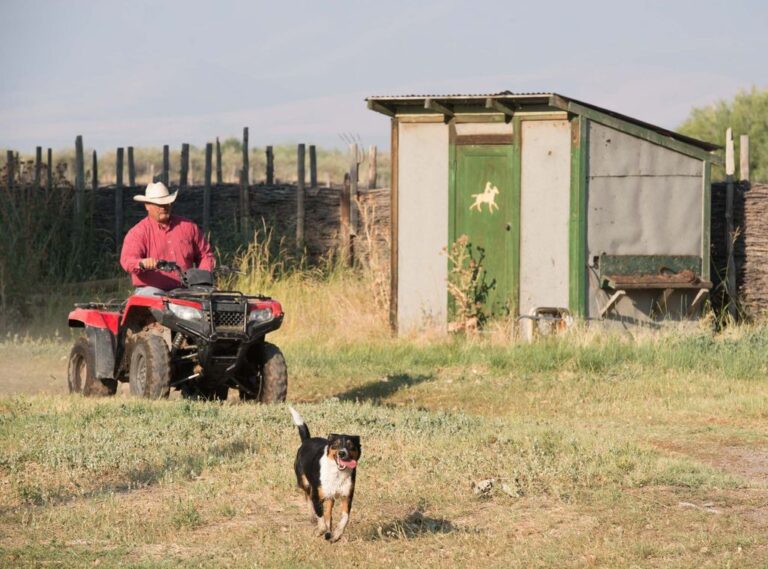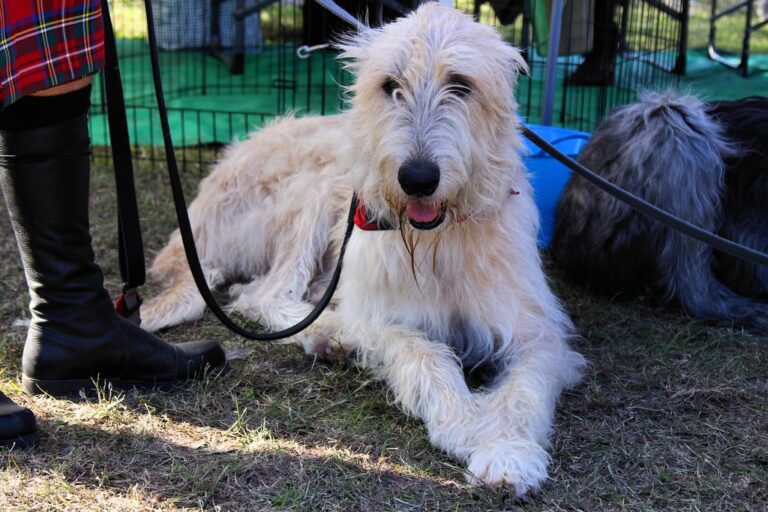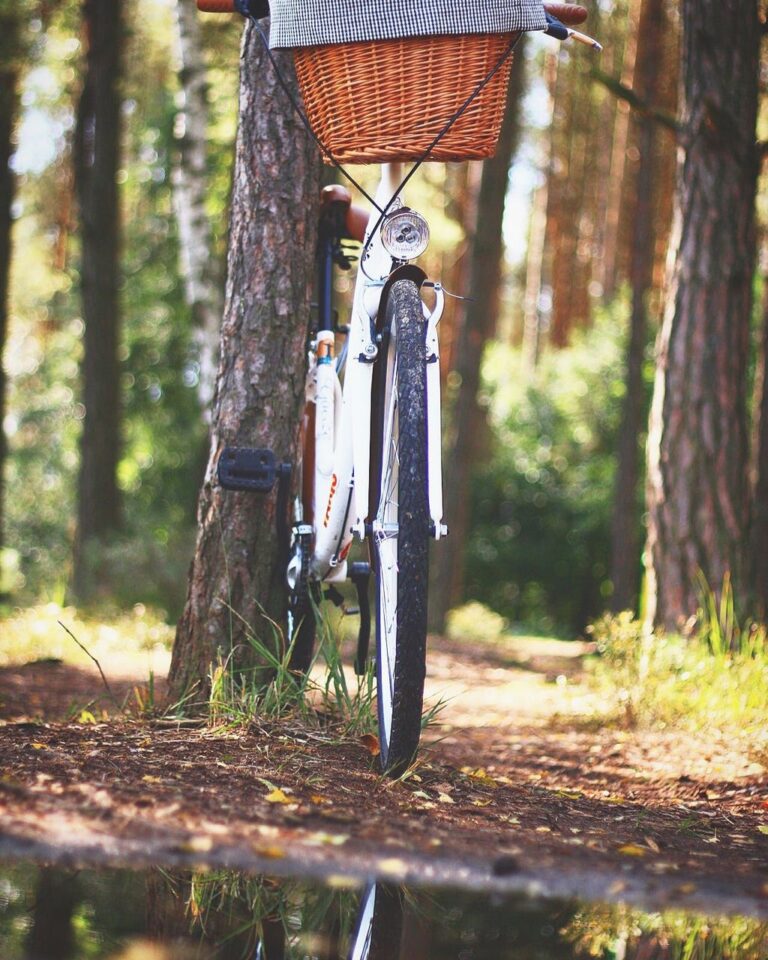Step-by-Step Guide: How to Adopt a Dog from a Shelter
Adopting a dog from a shelter is a wonderful way to give a loving home to a deserving animal. However, the process can be overwhelming if you’re not sure where to start. This step-by-step guide will walk you through the entire process, from choosing the right shelter to bringing your new dog home. By following these steps, you’ll be well-prepared to provide a safe and loving environment for your new furry friend.
Key Takeaways
- Research local shelters to find the right one for you
- Visit shelters in person to assess the conditions
- Create a safe space in your home for your new dog
- Puppy-proof your home to prevent accidents and injuries
- Interact with shelter staff and get to know the dogs before making a decision
Choosing the Right Shelter

Researching Local Shelters
When researching local shelters, it’s important to consider a few key factors. First, take a look at the shelter’s website to get an idea of their mission and values. This can give you a sense of whether their goals align with yours. Next, check out their social media pages to see if they regularly post updates about available dogs. This can be a good indication of how active and engaged they are in finding homes for their animals. Lastly, read reviews and testimonials from other adopters to get a sense of their experience with the shelter.
Visiting Shelters in Person
When we visit shelters in person, we get a chance to see the dogs up close and interact with them. It’s an important step in the adoption process because it allows us to assess their behavior and temperament. We can observe how they interact with other dogs and people, and get a sense of their energy level and personality. This firsthand experience helps us determine if a particular dog is the right fit for our family and lifestyle.
Evaluating Shelter Conditions
When evaluating shelter conditions, we want to make sure that the dogs are in a clean and safe environment. It’s important to look for signs of proper health care such as regular veterinary check-ups and vaccinations. Additionally, we should observe the overall cleanliness of the shelter, including the dog kennels and common areas. A well-maintained shelter indicates that the staff is dedicated to providing a comfortable and healthy space for the dogs.
Preparing Your Home

Creating a Safe Space
When creating a safe space for our new dog, it’s important to consider their needs and make them feel comfortable. We want to provide a space where they can relax and feel secure. Pet beds and blankets can be placed in the designated area to give them a cozy spot to rest. Additionally, it’s a good idea to have a few toys available to keep them entertained and mentally stimulated. Providing a safe space will help our new dog adjust to their new surroundings and feel at home.
Puppy-Proofing Your Home
Once we have chosen the right dog for our family, it’s important to puppy-proof our home to ensure their safety and prevent any accidents. Puppy-proofing involves making our home a secure and comfortable environment for our new furry friend. Here are some tips to help us get started:
- Remove any toxic plants that could be harmful if ingested.
- Secure loose wires and cords to prevent chewing and potential electrical hazards.
- Store cleaning supplies and chemicals out of reach to avoid accidental ingestion.
- Block off any areas that may be dangerous or off-limits for our dog.
Remember, our goal is to create a space where our dog can explore and play without any risks. By taking these precautions, we can ensure a safe and happy home for our new family member.
Gathering Essential Supplies
Before bringing our new dog home, we need to make sure we have all the essential supplies ready. These supplies will help us provide a comfortable and safe environment for our new furry friend. One important item to have is a dog harness. A dog harness is a great tool for walking our dog and ensuring their safety. It distributes the pressure evenly across their body, preventing any strain on their neck. It’s important to choose a harness that fits our dog properly and is comfortable for them to wear. We can find a variety of dog harnesses available in pet stores or online.
Meeting Potential Dogs

Interacting with Shelter Staff
When interacting with shelter staff, it’s important to ask questions and gather as much information as possible. They are the experts who can provide valuable insights about the dogs available for adoption. Don’t hesitate to inquire about the breed information of the dogs you’re interested in. The staff can give you details about the breed characteristics, temperament, and any specific needs they may have. This will help you make an informed decision and find a dog that is the right fit for your family.
Getting to Know the Dogs
Once we have interacted with the shelter staff and have a general idea of the type of dog we are looking for, it’s time to get to know the dogs. This is the fun part where we can spend time with the dogs and see if we connect with any of them. We can take them for a walk, play with them, and observe their behavior. It’s important to remember that not all dogs may be available for adoption, so we should check the shelter’s website or social media pages for updates on which dogs are ready for adoption. We can also ask the shelter staff for recommendations based on our preferences and lifestyle. It’s crucial to take our time and not rush into a decision. Adopting a dog is a long-term commitment, so we want to make sure we find the right fit for our family.
Considering Compatibility
When it comes to adopting a dog, finding the right match for your family is crucial. Compatibility is key! You want to make sure that the dog you choose fits well with your lifestyle and personality. Here are a few things to consider:
-
Energy Level: Think about how active you are and what kind of exercise you can provide for a dog. Some dogs require a lot of physical activity, while others are more laid-back.
-
Size: Consider the size of your home and yard. A large dog may not be suitable for a small apartment, while a small dog may get lost in a large backyard.
-
Temperament: Every dog has a unique personality. Some dogs are outgoing and friendly, while others are more reserved. Think about what kind of temperament would be the best fit for your family.
-
Compatibility with Children/Pets: If you have children or other pets, it’s important to choose a dog that will get along well with them. Some dogs are more tolerant and patient, while others may not be as good with kids or other animals.
-
Grooming Needs: Consider how much time and effort you can dedicate to grooming. Some dogs have low-maintenance coats, while others require regular brushing and grooming.
-
Allergies: If anyone in your family has allergies, it’s important to choose a dog that is hypoallergenic or has a coat that is less likely to trigger allergies.
Finding a dog that is compatible with your family will ensure a happy and harmonious home. Take the time to consider these factors before making your final decision.
The Adoption Process

Filling Out Adoption Forms
Once we have decided on the perfect shelter and have met some potential dogs, the next step in the adoption process is filling out the adoption forms. These forms are necessary for the shelter to gather information about us and ensure that we are a suitable match for the dog we want to adopt. It’s important to take our time and provide accurate and honest answers on the forms. The questions may vary from shelter to shelter, but they generally cover topics such as our living situation, previous experience with pets, and our expectations for the new dog. It’s essential to be thorough and detailed in our responses to give the shelter a clear understanding of our lifestyle and what we can offer to the dog.
Understanding Adoption Fees
When it comes to adoption fees, we understand that it can be a concern for many potential dog owners. But let us assure you, the fees are worth it! They help cover the costs of caring for the dogs day and night, including food, shelter, medical expenses, and more. By paying the adoption fee, you’re not just bringing home a new furry family member, you’re also supporting the shelter’s mission to provide a safe and loving environment for all the dogs in their care.
Completing a Home Visit
After filling out the adoption forms and understanding the adoption fees, it’s time to complete a home visit. This is an important step in the adoption process as it allows the shelter staff to ensure that your home is a safe and suitable environment for the dog.
During the home visit, the shelter staff will assess various aspects of your home, such as the living space, yard, and any potential hazards. They may also ask questions about your lifestyle and daily routine to ensure that the dog’s needs will be met.
Tip: Make sure to tidy up your home before the visit and remove any potential dangers or hazards. This will help create a positive impression and show that you are prepared to provide a safe and loving home for the dog.
Once the home visit is completed and approved, you are one step closer to bringing your new dog home!
Bringing Your New Dog Home

Introducing Your Home
Once you’ve chosen the perfect dog and completed the adoption process, it’s time to introduce them to their new home. This is an exciting and crucial step in the journey of bringing a new furry friend into our lives. Creating a welcoming environment is essential to help your new dog feel comfortable and secure.
To make the transition smoother, here are a few things to keep in mind:
- Designate a quiet space where your dog can retreat to when they need some alone time. This could be a cozy corner with a comfortable bed or a crate.
- Remove any potential hazards from the area where your dog will spend most of their time. Make sure electrical cords, toxic plants, and small objects are out of reach.
- Set up a feeding and watering station in a convenient location. Provide fresh water and a balanced diet to keep your dog healthy and happy.
Remember, patience is key during this adjustment period. Your new dog may need time to explore and get used to their surroundings. Offer plenty of love and reassurance as they settle into their new home.
Tip: Keep a close eye on your dog’s behavior and provide positive reinforcement when they exhibit good behavior. This will help them feel more secure and build trust with you.
Establishing a Routine
Once you bring your new furry friend home, it’s important to establish a routine to help them feel secure and comfortable. Consistency is key when it comes to creating a sense of stability for your rescue dog. Here are a few tips to get you started:
- Set a regular feeding schedule: This will not only help with potty training but also provide structure and predictability for your dog.
- Establish a daily exercise routine: Regular exercise is essential for your dog’s physical and mental well-being. It also helps to burn off excess energy and prevent destructive behavior.
- Create a designated sleeping area: Having a cozy and comfortable spot for your dog to sleep will give them a sense of security and provide a safe space to retreat to.
Remember, every dog is unique, so it may take some time to find the routine that works best for your new furry family member. Be patient and flexible, and most importantly, enjoy the journey of building a bond with your rescue dog!
Bonding with Your New Dog
After bringing your new dog home, it’s important to take the time to bond with them. Building a strong bond with your new furry friend is crucial for creating a loving and trusting relationship. Spending quality time together is key to developing this bond. Whether it’s going for walks, playing games, or simply cuddling on the couch, these activities help to strengthen the connection between you and your dog.
To further enhance the bond, engage in positive reinforcement training. This involves rewarding your dog for good behavior with treats, praise, and affection. By doing so, you are not only teaching them important commands and manners, but also building a sense of trust and understanding.
Another way to bond with your new dog is through socialization. Introduce them to new people, animals, and environments gradually, ensuring they feel comfortable and safe. This helps them become more confident and well-adjusted in different situations.
Remember, patience and consistency are key when bonding with your new dog. It may take time for them to fully adjust to their new home and form a strong bond with you. Be understanding and supportive throughout the process, and soon you’ll have a loyal and loving companion by your side.
Conclusion
Adopting a dog from a shelter is a rewarding and fulfilling experience. By following this step-by-step guide, you can ensure that you choose the right shelter, prepare your home, meet potential dogs, navigate the adoption process, and bring your new furry friend home. Remember, researching local shelters, visiting them in person, and evaluating shelter conditions are crucial in finding the perfect match. Creating a safe space, puppy-proofing your home, and gathering essential supplies will help make your home ready for your new companion. Interacting with shelter staff, getting to know the dogs, and considering compatibility are important steps in finding the right dog for you. Filling out adoption forms, understanding adoption fees, and completing a home visit are necessary parts of the adoption process. Finally, introducing your home, establishing a routine, and bonding with your new dog will ensure a smooth transition. So, what are you waiting for? Start your journey to dog adoption today and make a difference in a shelter dog’s life!
Frequently Asked Questions
1. How long does the adoption process usually take?
The adoption process can vary depending on the shelter and the specific dog you are interested in. It typically involves filling out an application, meeting the dog, and completing a home visit. The entire process can take anywhere from a few days to a few weeks.
2. What should I consider when choosing a dog from a shelter?
When choosing a dog from a shelter, it’s important to consider factors such as your lifestyle, the dog’s temperament, and any specific needs or preferences you may have. It’s also helpful to spend time interacting with the dog to see if you have a connection.
3. Are shelter dogs trained?
Shelter dogs may have varying levels of training. Some may have received basic obedience training, while others may have had little to no training. It’s important to ask the shelter staff about the dog’s training history and be prepared to continue training once you bring them home.
4. How much does it cost to adopt a dog from a shelter?
The cost of adopting a dog from a shelter can vary. It typically includes an adoption fee, which helps cover the cost of the dog’s care while in the shelter. Additionally, there may be additional fees for services such as spaying/neutering, vaccinations, and microchipping.
5. Can I adopt a specific breed from a shelter?
While shelters often have a variety of breeds available for adoption, it can be more common to find mixed breed dogs. If you have a specific breed in mind, it’s worth checking with breed-specific rescue organizations or keeping an eye out for breed-specific events at shelters.
6. What should I do if my newly adopted dog has behavioral issues?
If your newly adopted dog has behavioral issues, it’s important to seek professional help from a trainer or behaviorist. They can assess the situation and provide guidance on how to address the issues. It’s also important to be patient and understanding as your dog adjusts to their new home.







One Comment